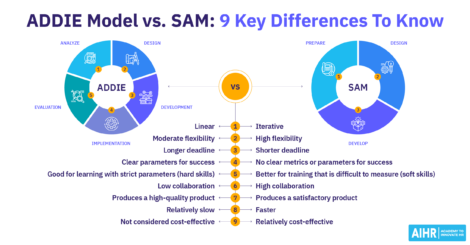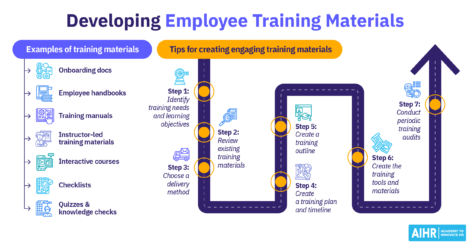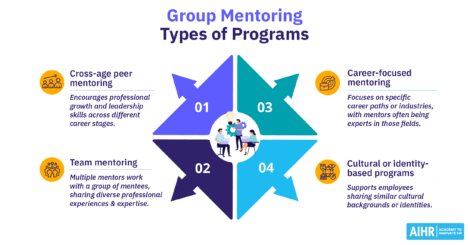Learning Agility: What HR Professionals Need to Know
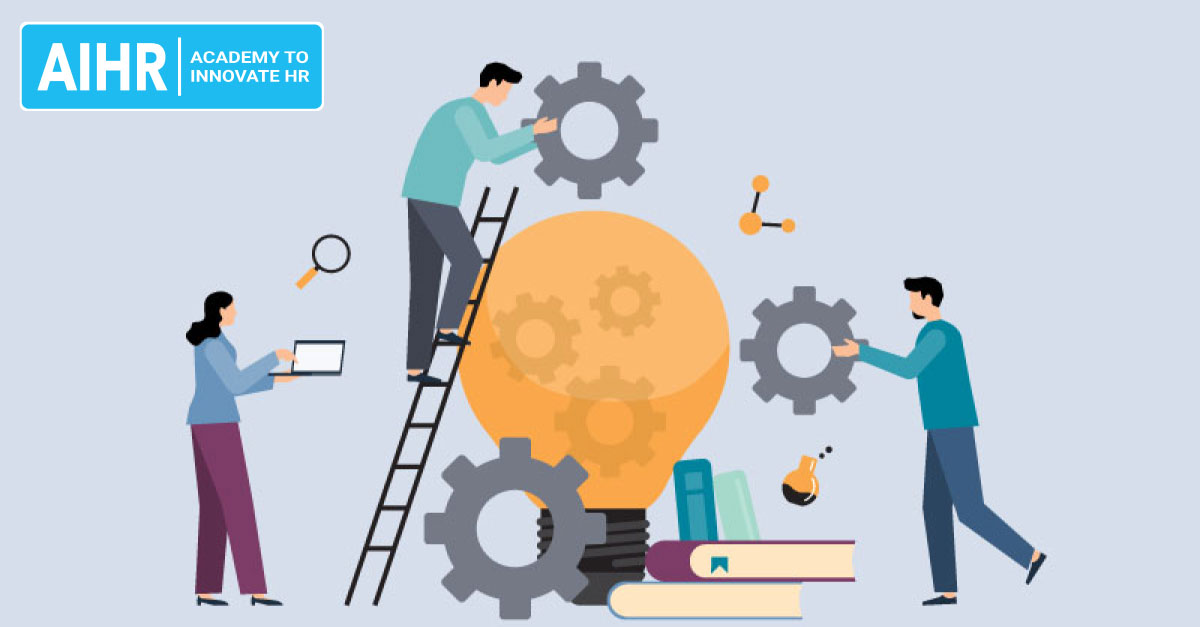
In today’s fast-changing and often unpredictable world, learning agility is a skill in high demand. In this article, we’ll take a good look at learning agility; what it is, why it matters for organizations, how to assess it, and how to build it. Here goes!
Contents
What is learning agility? A definition
Why learning agility matters for organizations
Dimensions of learning agility
How to assess learning agility
How to help build learning agility
FAQ
What is learning agility? A definition
Columbia University and the Center for Creative Leadership defined learning agility as “a mindset and corresponding collection of practices that allow leaders to continually develop, grow and utilize new strategies that will equip them for the increasingly complex problems they face in their organizations.”
American author Alvin Toffler put it more simply, he talked about the ability to learn, unlearn, and relearn.
In other words, instead of having a hammer and seeing every problem as a nail, you have a whole toolbox that you utilize and change when needed. If you need needle-nosed pliers and don’t have them, you go out and get them instead of trying to make do.
As children, we continuously learn new skills – everything from walking to reading to advanced mathematics. Not every adult is willing – or able – to learn new concepts when needed and to take risks. Without employees with learning agility, companies cannot be agile.
Why learning agility matters for organizations
Your organization cannot change if your people cannot learn. We frequently see this in terms of new technology. People may resist a new system implementation even when the new system is clearly better than the old one. According to Korn Ferry, learning agility is a top predictor of high potential and long-term success, and companies with the greatest rates of high learning agile executives produce 25% higher profit margins than their peers.
But, it’s not just people and technology that can keep businesses from adjusting. The recent COVID-19 shutdowns required companies to respond quickly. Employees had to change how they worked, which often required new skills. There were new technical skills required – like using video conferences rather than face to face meetings. There were also new soft skills – like time management and boundary setting. Working from home while your spouse and children are also there requires an entirely new set of working rules.
Competitors will not stay still. One of the biggest stories of how a lack of learning agility destroyed a company is the sad story of Kodak.
Before digital cameras, Kodak dominated the film market. At its peak, Kodak had 145,000 employees. It now has fewer than 5,000. What happened? Kodak invented the digital camera in 1975, but they were too scared of how it would damage their primary business – film. So, they shelved it and didn’t move forward. They couldn’t learn how to adapt to the new technology and, instead, hoped it would go away.
It did not go away. Their competitors developed digital cameras, and the film industry fell to ruins. Kodak could have led the digital revolution, but, instead, they didn’t know how to learn a new business model.
All businesses face this threat. Without the ability to learn new skills, create new products, and adjust with speed to new market conditions, businesses fail. To avoid collapse, businesses need agile learners.
Dimensions of learning agility
Korn Ferry identified five different dimensions of learning agility. They write:
- Mental agility
- People agility
- Change agility
- Results agility
- Self-awareness
Each of these is critical to having a successful agile business. Here’s how they look within your employees.
- Mental agility: A mentally agile person is interested in learning new things; looking at things from new perspectives. Mental agility requires the learner to ask questions and listen to answers. They accept that they don’t know everything.
- People agility: This is where true diversity comes in – you listen to new people, enjoy learning about new cultures, and look for the best in everyone. Disagreement doesn’t end a relationship.
- Change agility: Instead of hiding from change, this type of agile learner looks forward to transformation. They understand that today’s things may be great, but it may also not be the best for the future. Therefore, they are always looking for the next best thing.
- Results agility: This is the easiest to measure, as you can identify results more clearly than you can identify open-mindedness. A results learner will respond to challenges and help others achieve results as well.
- Self-awareness: To learn, employees need to understand their own strengths and weaknesses. They need to accept feedback and seek it out so that they can make changes. Learning agility is all about change, and if you aren’t self-aware, you don’t know you need to change.
These are not the only essential components of learning. Other organizations suggest things such as collaboration and information gathering as critical learning skills. These things also show flexibility and the ability to gather information from multiple sources.
An agile person needs to accept that change is inevitable and not hold it back. Kodak attempted to hold back progress, and it ultimately destroyed their business.
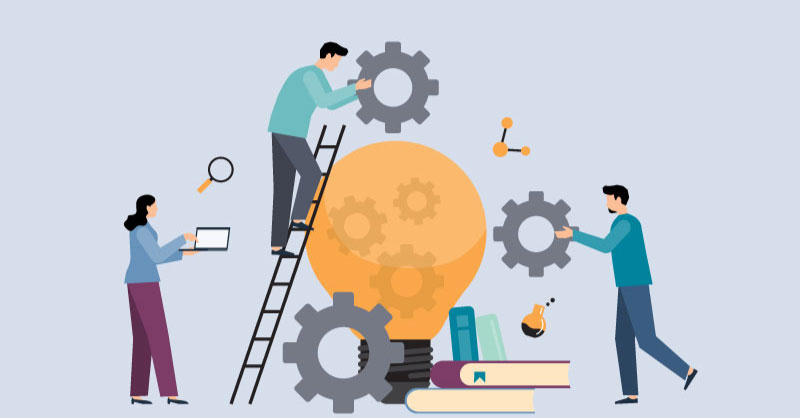
How to assess learning agility
1. Use a learning agility assessment
There are professional assessment tests that you can use to evaluate your employees, such as the Mettl Learning Agility Assessment and this Learning Agility Assessment from IBM. If you choose to go this route, make sure you use a test that has been adequately vetted and benchmarked. You do not want to go with a test that isn’t psychologically sound. You can take sample tests, but these should be considered just for fun and not as a formal test.
A proper assessment can also be benchmarked to positions or levels within your company. You may need your leadership team to be more agile than your entry-level employees for instance. However, Adecco surveyed 5,000 Gen Z workers and found them more in favor of agility than their older counterparts. They value “curiosity, learning agility and adaptability” as core skills. These are all components of agility.
While these psychometric exams can give you some actual numbers, you can also determine ability by things like emotional intelligence. That can be hard to quantify. Therefore, it may make sense to evaluate employees on their performance. While it won’t be a specific test, you can look at the skills that your employees lack and where they excel.
When you have an employee who struggles with change, you don’t need a formal test to assess this fact. You can work with the employee through goal setting, (peer) coaching, and feedback to help them grow in this area.
An assessment test can give you a starting point, but it shouldn’t be an endpoint. People can change, and you can help them do so.
2. Don’t forget about cognitive ability
While learning agility is often seen as a soft skill, it is essential to remember that cognitive skills play a role in learning agility too. People need to have a certain level of cognitive ability in order to be learning agile. A cognitive test can, therefore, also be an important tool when assessing people.
3. Focus on learning agility in your selection process
You can also work to assess a candidate’s learning agility through targeted interview questions:
- For instance, ask the candidate about their experience receiving feedback. A person that resists input isn’t what you’re looking for, but someone who accepts and integrates feedback into their life is likely to be more agile.
- Ask a candidate about their interactions with other people, as a leader and as an individual contributor. Have they learned things from their peers or direct reports? Did they incorporate that information into their work?
- Ask the candidate about how they would tackle an entirely new problem. Ask them to give you steps and a plan for approaching something new. See if they can think through and make a clear plan. This may involve a plan to learn new skills or look for new resources.
- Ask the candidate about their results in previous jobs and how they achieved them.
These types of questions can help you assess a candidate’s learning agility and if they can provide the flexibility that your company needs.
How to help build learning agility
You can help your employees target areas in which they are weak. You can determine this through assessments or performance reviews.
Helping people increase their agility means that they will make mistakes. While people always smile when a baby falls down while learning to walk or a toddler switches consonant sounds on certain words, sometimes managers aren’t quite as accommodating when their employees make mistakes.
Perfectly agile people still make mistakes because they try new things. It’s important to remember that your employees will make mistakes when they are expanding their wings. If you criticize or punish people for making mistakes, they will become discouraged and retreat to their old skills. Failure should be seen as an opportunity for growth and not as a stopping point.
Cross-training can be a way to help people gain flexibility. Seeing a process from another department can help expand minds. Learning new skills makes it easier to learn additional new skills later on and prevents your employees from becoming complacent.
Job rotation can also be a good way to increase employee learning and to transfer specific skills, knowledge, and competencies. The same thing goes for peer mentoring.
Reward innovation, even when it’s not perfect. Remember, the world is changing, and your business needs to change with it, even if everything is going perfectly in the moment. Agility is what will keep your business going in good times and in bad.
FAQ
Learning agility can be described as a mindset that allows people to continually develop their understanding, to grow, and to use new strategies that will equip them for the increasingly complex problems they face in their organizations.
It’s important for organizations to have employees who are learning agile because 1) otherwise the organization can’t change 2) learning agility is a predictor for long-term success and boosts profit margins 3) to keep up with the competition.
Learning agility can be assessed by, among other things, learning agility assessments, a cognitive ability test, and asking questions focused on learning agility in your selection process.
Weekly update
Stay up-to-date with the latest news, trends, and resources in HR
Learn more
Related articles
Are you ready for the future of HR?
Learn modern and relevant HR skills, online






